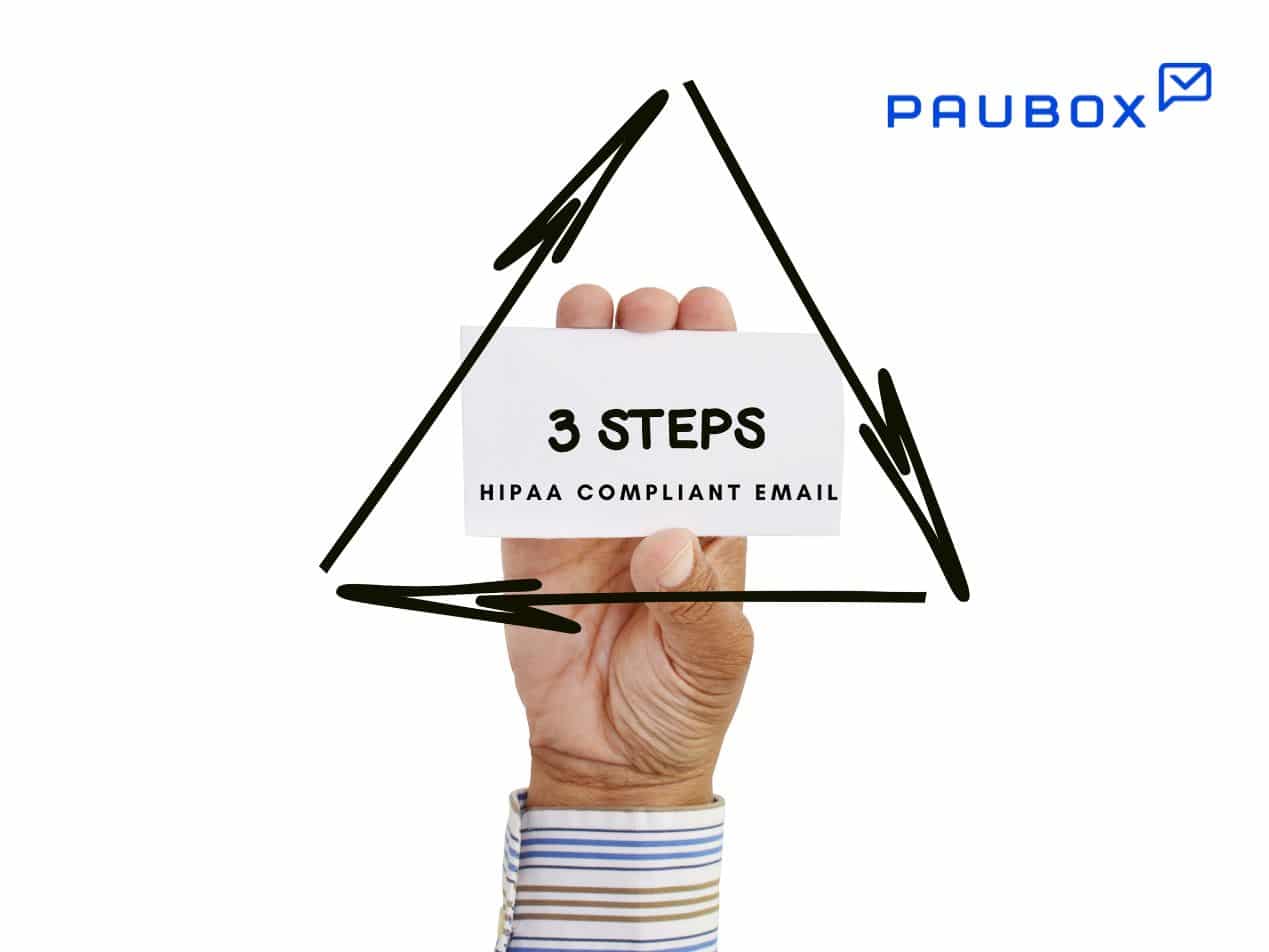
A HIPAA email retention policy guides healthcare organizations in securely managing and retaining emails containing protected health information (PHI) according to HIPAA rules. To develop one, organizations define email scope, set retention periods, implement secure storage and access controls, create disaster recovery plans, establish disposal procedures, seek legal guidance, conduct staff training, and perform regular audits to ensure compliance with evolving regulations.
Understanding HIPAA regulations and email retention policies
HIPAA sets stringent guidelines for safeguarding PHI. Its Privacy and Security Rules contain specific provisions addressing the protection of PHI in electronic communications, which extends to HIPAA compliant email, requiring a structured approach to email retention to ensure compliance.
Steps for developing a HIPAA email retention policy
Step 1. Identify policy scope
Define which emails fall under the policy's purview. This may include all emails sent or received by employees and those by business associates handling PHI.
Step 2. Establish retention periods
Determine minimum retention periods for PHI-containing emails. While HIPAA mandates a six-year retention period, organizations might opt for retention periods longer than that based on organization-specific needs, such as research or legal purposes.
Step 3. Implement archiving and access controls
Deploy secure email archiving solutions and access restrictions. Implementing encryption and multi-factor authentication ensures that only authorized personnel can access PHI-containing emails, safeguarding against unauthorized access or disclosure.
Step 4. Data security measures
Employ security measures like firewalls, intrusion detection systems, access controls, and encryption safeguards to protect PHI from unauthorized access or disclosure, ensuring compliance with HIPAA guidelines.
Step 5. Develop disaster recovery plans
Create robust strategies to recover archived emails in emergencies or system failures. Backup systems and procedures provide continuity and quick recovery, reducing downtime and potential PHI loss.
Step 6. Establish PHI disposal procedures
Define secure methods for disposing of PHI post-retention period. Secure shredding, data deletion, or physical destruction of storage media ensures proper disposal while mitigating the risks of unauthorized access or breaches.
Step 7. Conduct employee training
Conduct comprehensive training sessions to educate staff on the policy, its significance, and the implications of noncompliance. Employee awareness is the key to successful policy implementation, reducing the risks associated with human error.
Step 8. Regular audits
Frequent audits and assessments ensure ongoing compliance with the policy, allowing organizations to promptly identify and rectify any deviations or vulnerabilities, ensuring a continuous adherence to HIPAA standards.
Related: What are HIPAA's email archiving and retention requirements?
Additional tips for policy development
Effective policy development requires clear language, accessibility, avoiding jargon, and regular updates to ensure adaptability to regulatory changes or organizational needs.
Subscribe to Paubox Weekly
Every Friday we'll bring you the most important news from Paubox. Our aim is to make you smarter, faster.




